How (and why) to garden for bats
Bats are an essential part of our ecosystems. Learn how you can support these nocturnal mammals where you live.
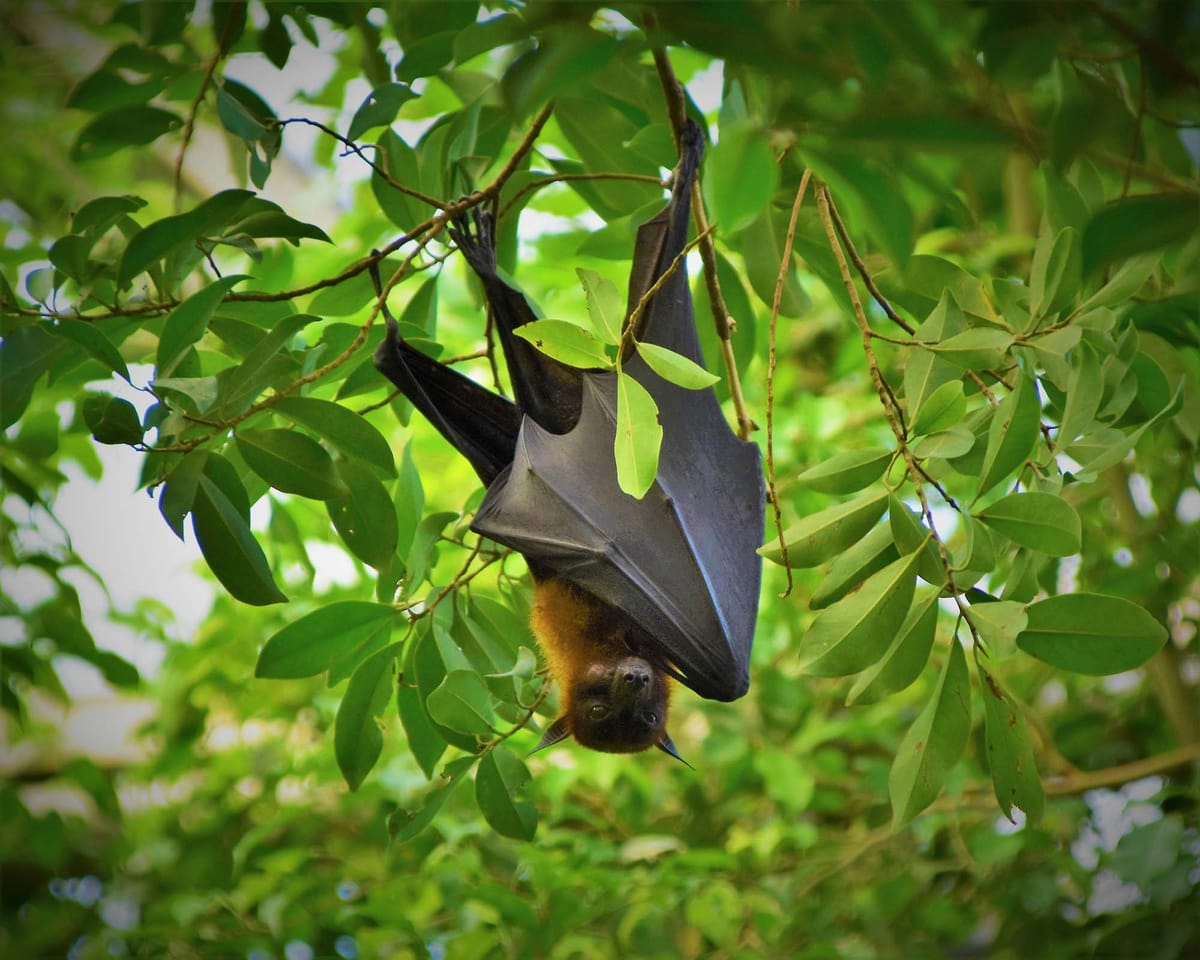
Bats have been typecast as scary, blood-sucking creatures that spread disease – but they are actually incredibly beneficial pollinators that support biodiversity. In fact, bats play a key role in shaping ecosystems.
Without bats, we’d be plagued with pests eating our crops and would be forced to use pesticides more frequently. One 2015 study estimated that bats eat enough pests to save more than $1 billion per year in crop damage and pesticide costs in the United States corn industry alone.
“Bats are important. They eat millions of insects at night, including mosquitoes, agricultural and forestry pests. They’re part of the food chain,” says Paula Rodriguez de la Vega, provincial coordinator for the British Columbia Community Bat Program. “They’re keystone species in our ecosystems. And they’re mammals that are capable of true flight, which is amazing in itself.”
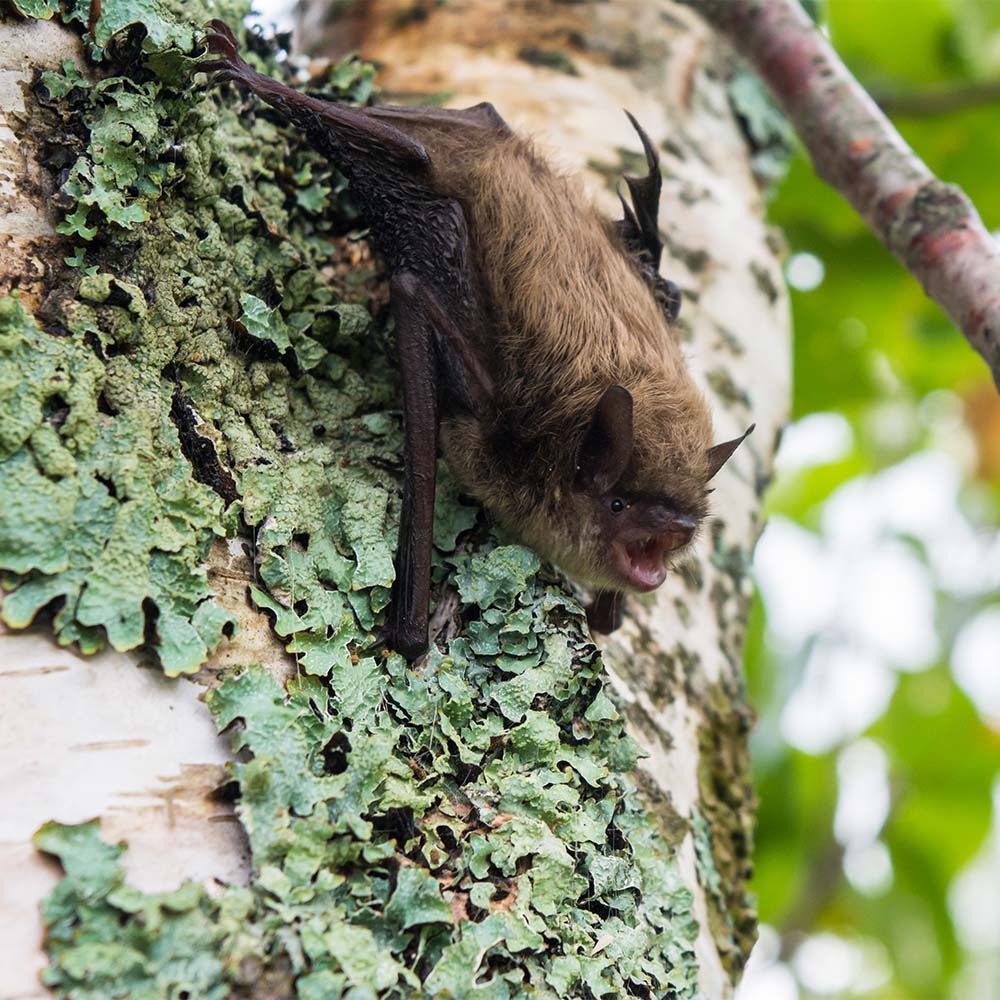
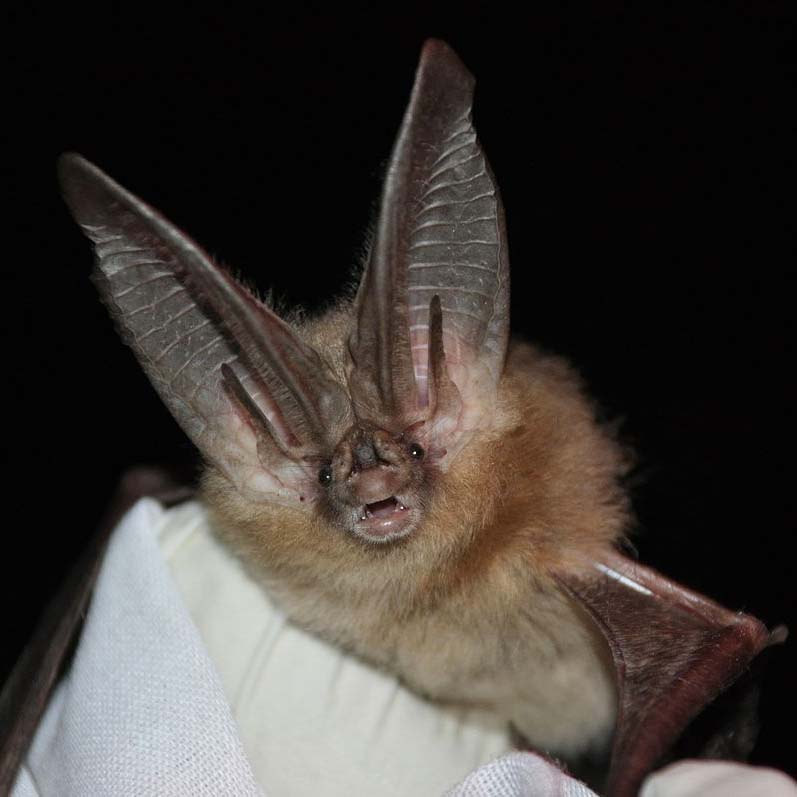
Left: A little brown bat (Myotis lucifugus). Photo: Jordi Segers. Right: A Townsend's big-eared bat. Photo: US Fish & Wildlife Service.
The challenges bats are facing
There are thousands of bat species globally, and each has its own challenges to content with. In North America, one of the most damaging risks to bats is a fungal disease called white nose syndrome.
While white nose syndrome is currently isolated to North America (and only affects certain bat species), when it does hit, it hits hard. White nose syndrome has killed millions of bats on the continent, in particular the northern long-eared bat, little brown bat and tricoloured bat.
Bats also have to contend with the new risks caused by wind farms. “Badly placed and managed wind farms are having a significant impact on bats across many parts of the world,” says Joe Nunez-Mino, director of communications and fundraising for the UK’s Bat Conservation Trust. “Particularly those species that migrate long distances, such as the Nathusius’s pipistrelle in the UK.”
One challenge all bats face globally, and the biggest thing that we as individuals can help with, is habitat loss. “Habitat loss is impacting many different bat species across the world,” says Nunez-Mino. “Which is why creating habitats in our gardens or other green spaces is so vital.”
If you do want to do more to help these magnificent flying mammals, take these steps to create their ideal habitat in your own backyard. You might even get a chance to experience the joy they can bring. ”Sitting in a garden enjoying their aerial acrobatics is quite simply one of the joys of life,” says Nunez-Mino.
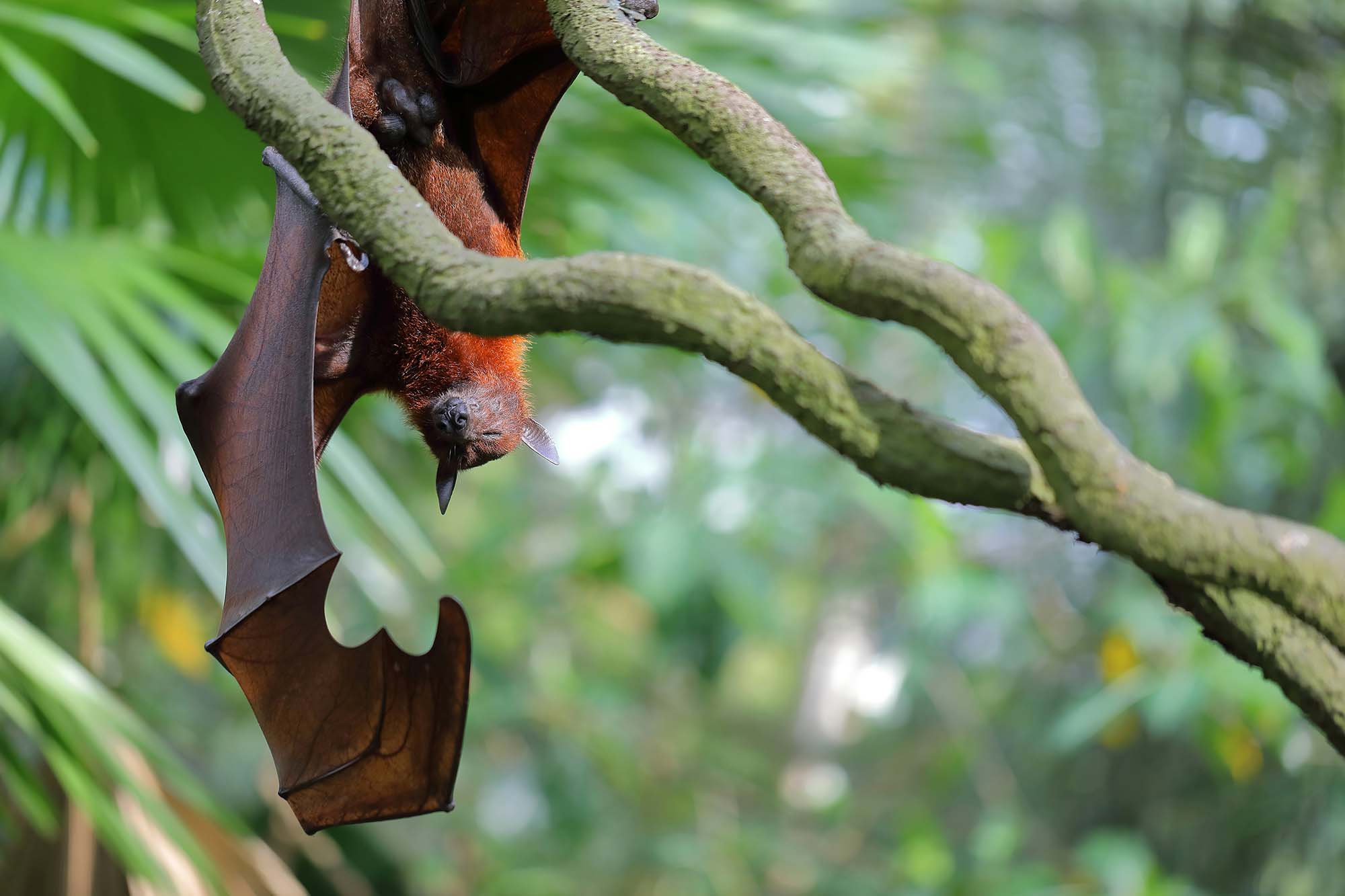
How to feed bats
Of the almost 20 species of bats in Canada, all of them are strictly insectivorous (aka insect-eating). Globally, insectivorous bats account for about 70 percent of the bat population. These are the bats that use backyard gardens, because these spaces attract their favourite snack: night-flying insects.
To help attract insects bats enjoy, grow plants that are native to your region. “If you can plant those that attract nighttime insects or pollinators, even better,” says Rodriguez de la Vega. “White flowers are really important for nocturnal insects because they reflect the moonlight and the moths can navigate towards them better. Light-coloured, fragrant, tubular flowers are also really important to attract those nocturnal and evening insects.”
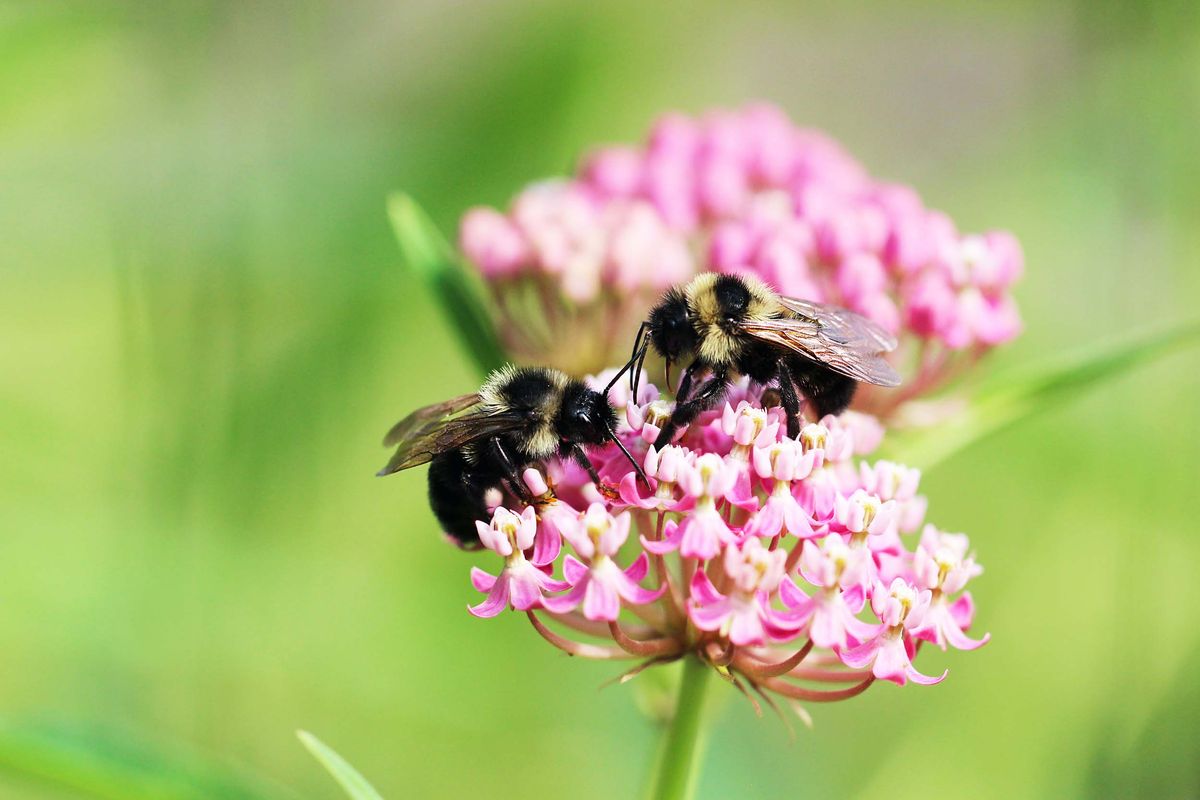
This type of gardening is often called moonlight gardening, explains Rodriguez de la Vega. In British Columbia's Okanagan Valley, for instance, evening primrose is one example of a plant that helps bats – but what you plant will be largely based on your region.
You can also think about doing less, specifically in the area of yard work. “Don’t mow the lawn,” says Nunez-Mino. “Leave areas of your garden a bit untidy so insects can flourish.”
Remove the risks to bats
You might be posing a risk to bats on your property without even realizing it. For example, bats can get tangled in some invasive plant species. You can discover which plants are invasive in your region by adding a plant-identification app to your phone and taking a picture of plants you don’t recognize in your yard to identify invasives (and then, when you can, remove them).
If you’re the proud owner of a swimming pool, you might also be unintentionally harming bats by not providing a safe escape route. “Bats are attracted to pools because they’re a water source, but they can't navigate the walls,” says Rodriguez de la Vega. “So they end up falling into the pool and then they can’t get out.” Pool wildlife escape ramps, also known as “frog logs,” can help bats (and other wildlife) avoid drowning by offering them a safe escape.
Another backyard habit that harms bats is pesticide use. Both Rodriguez de la Vega and Nunez-Mino are adamant about avoiding pesticides, because they eliminate bats’ food source: insects.
If you have cats, you’ll do bats a big favour by not letting them outdoors, especially at dusk. “We get hundreds of calls about bats that are caught by cats,” says Nunez-Mino. “Sadly, most die of their injuries.”
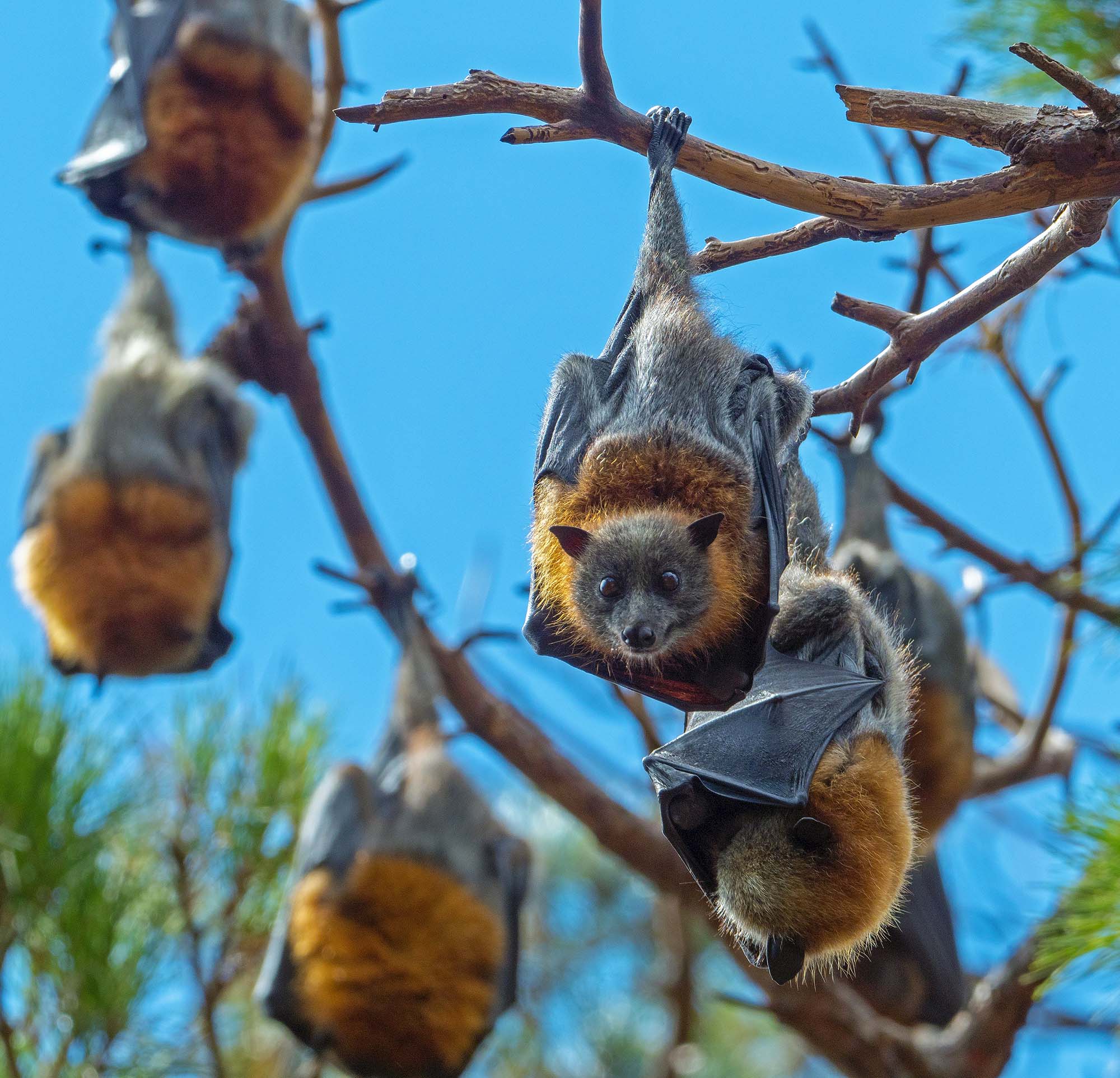
Help bats navigate at night
Artificial lighting confuses bats, so one simple thing you can do is turn out the lights.
“Dark skies are really important to bats,” says Rodriguez de la Vega. “Turn off your outdoor lights and use dimmers, motion sensors or timers to reduce nighttime illumination.” If you must have lighting, you can reduce its impact by using filtered LEDs or warm-toned bulbs.
The Bat Conservation Trust also recommends creating linear features like hedgerows or treelines on your property, as they help bats navigate from one area to another. As bats fly, their echolocation calls bounce off these landscape features, helping them find their way to and from their roosts and foraging habitats.
Provide shelter for bats
If you have the space on your property, plant some trees that will become mature, to give bats shelter. “They prefer trees that have bark that is really rough and corrugated, like cottonwood and poplars [in North America]. Maples are also important,” says Rodriguez de la Vega.
This also extends to dead trees with crevices or cavities that provide places to roost. A lot of bats use woodpecker holes, for example.
Different species of bats all appreciate old mature trees for different reasons. “There’s some bats that just roost on trees themselves, up high on the branches, and they camouflage with the leaves,” says Rodriguez de la Vega. “Some go behind old, peeling bark to hide.”

If large, mature trees are an impossibility in your current space, there are other options.
“If there are not many natural roosts around, such as trees or even gaps into the roof spaces of buildings, then putting up a bat box or house can be a great idea,” says Nunez-Mino.
In the United States and Europe, there is more robust research about the ideal bat box design for these regions. In Canada, more information is needed.
The Canadian BatBox Project aims to create ideal conditions for bats by gathering information from individuals who have installed them. The program hopes to discover the optimal box design for bats based on region and species. If you are in Canada and have a bat box (or plan to get one), you can fill out this survey to support their research.
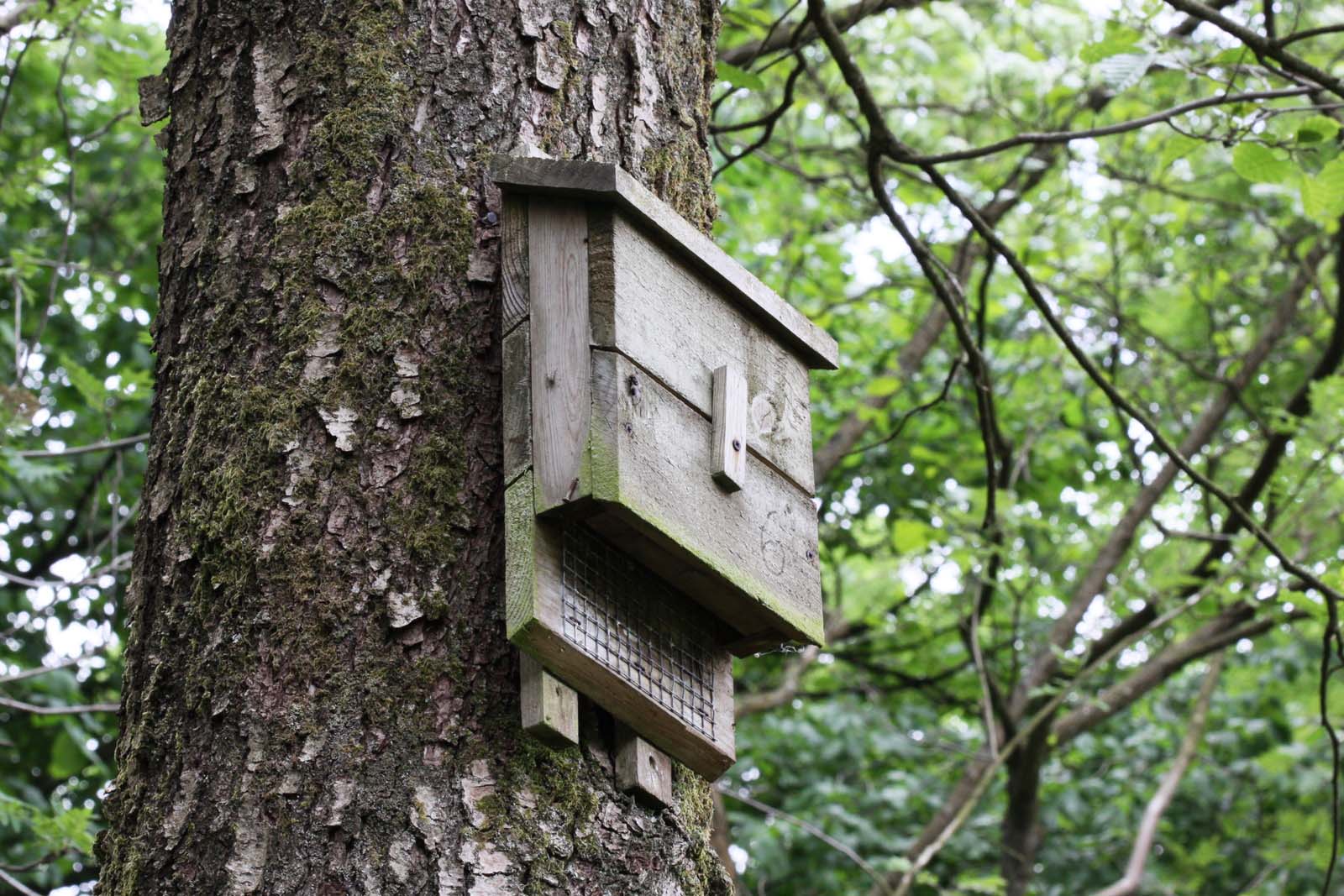
Provide an appropriate water source for bats
One cool bat fact: They drink while they fly. (Or maybe they fly while they drink?) “They need ponds that are at least three metres in length to be able to swoop down and fly along it, drink, and then make another pass,” says Rodriguez de la Vega. If you have enough space on your property, she recommends providing water features larger than three metres in length, with smooth, transition walls. This is also why bats are attracted to swimming pools (and why your pool should have an escape ramp).
Learn more about bats and help advocate for them
When it comes to the many incredible species of bats, there is always more to learn and a myriad of ways to help. You can reach out to your local bat conservation group for more specific details on what would help meet the needs of the bats in your area.
- The Bat Conservation Trust in the UK is committed to creating a world where humans and bats can peacefully coexist, and has tons of practical advice about what to do if you find a bat, how to build a bat box and more.
- Bat Conservation International is on a mission to conserve the world’s bats and their ecosystems.
- For more information on bat-friendly farming, Alberta Community Bat Program is a great resource.
And if you’re living in an area where you feel like everything is lawn and concrete, with not much else, don’t give up. Your efforts still matter.
“If the whole section of a neighbourhood is all lawns, and there’s one property that has native plants and flowers and vegetation that gives cover and has habitat for insects (that will in turn feed the bats), then it’s going to be super important,” says Rodriguez de la Vega.
“As bats fly across the landscape, they’re looking for shelter and they’re looking for water. If your property has that little bit of habitat, then they’re going to use it. They’re going to benefit from it.”





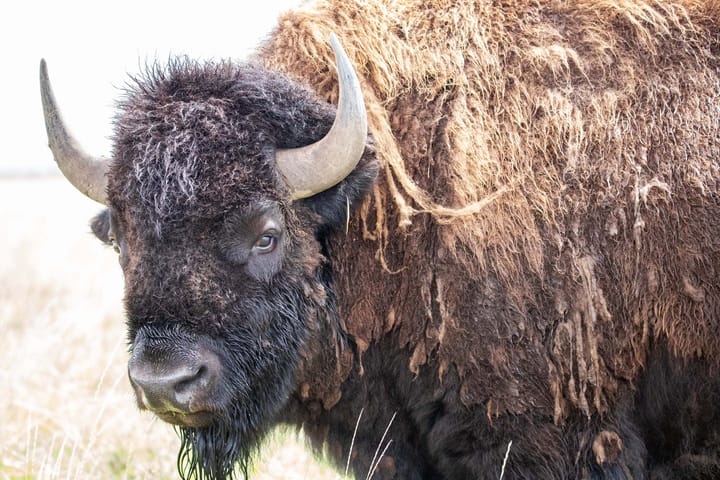
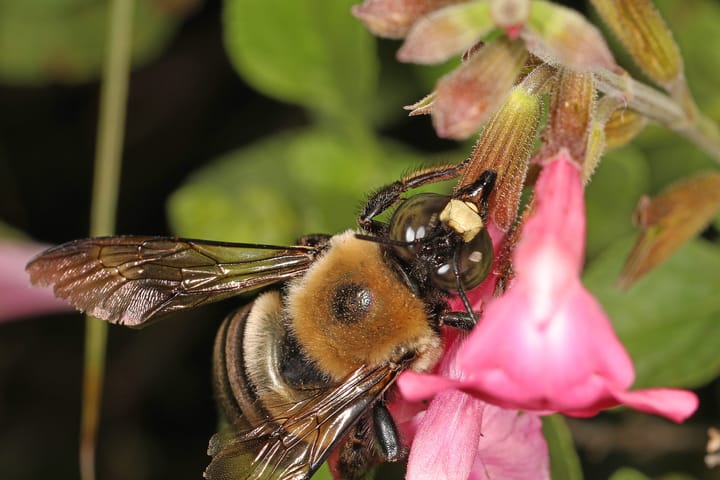
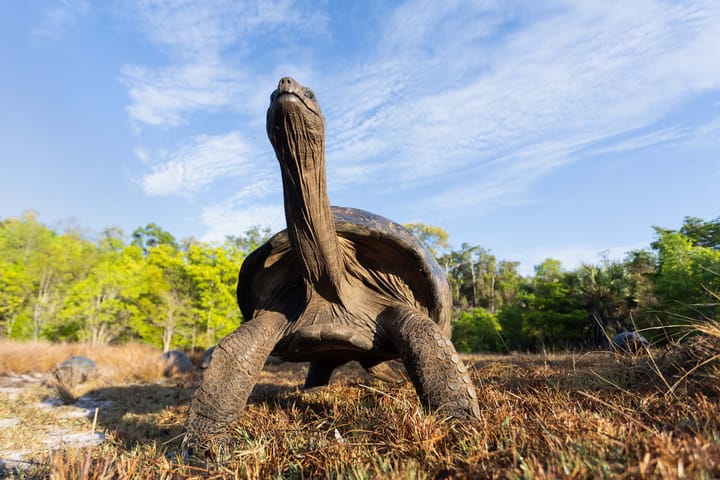
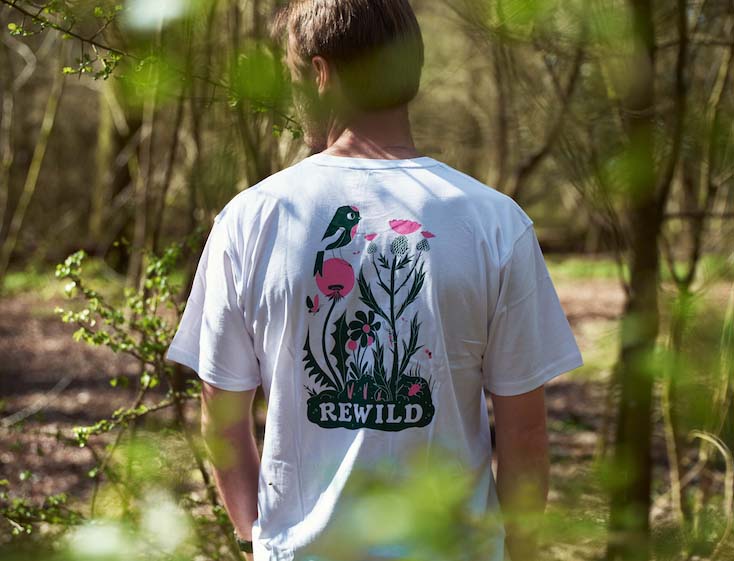

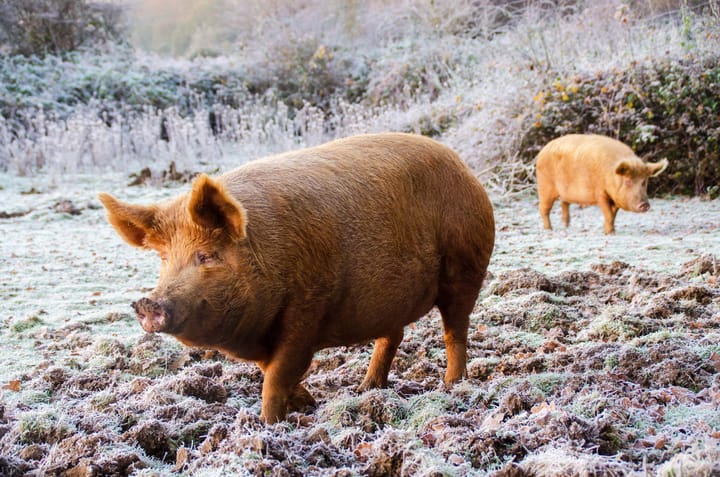
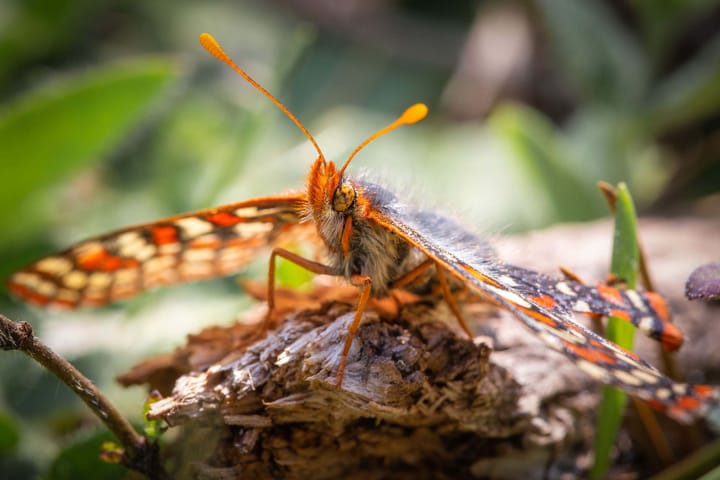
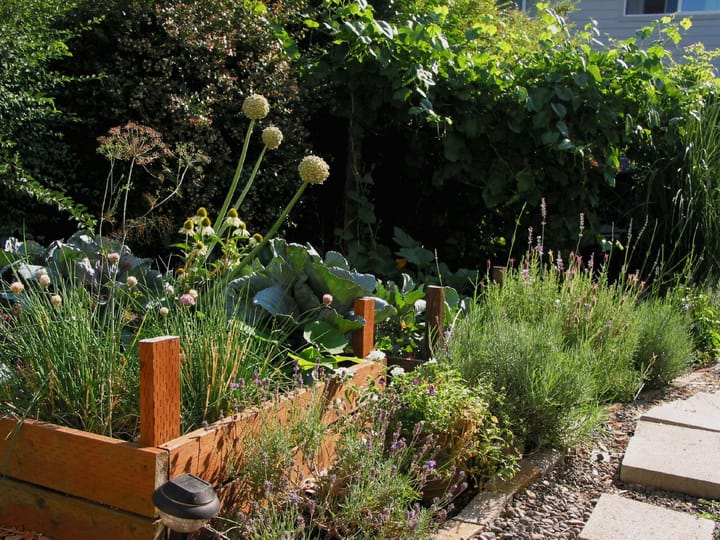
Comments ()